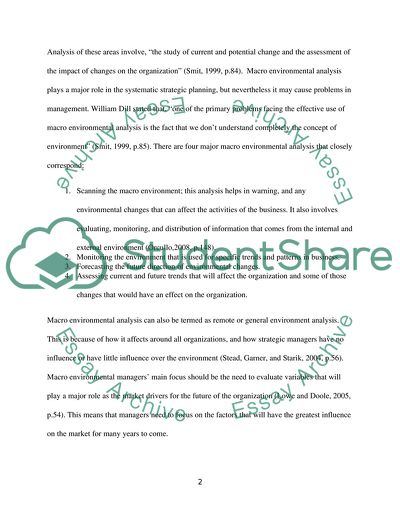Cite this document
(International Marketing: Toyota Motors Corporation Case Study - 2, n.d.)
International Marketing: Toyota Motors Corporation Case Study - 2. https://studentshare.org/marketing/1791072-international-marketing
International Marketing: Toyota Motors Corporation Case Study - 2. https://studentshare.org/marketing/1791072-international-marketing
(International Marketing: Toyota Motors Corporation Case Study - 2)
International Marketing: Toyota Motors Corporation Case Study - 2. https://studentshare.org/marketing/1791072-international-marketing.
International Marketing: Toyota Motors Corporation Case Study - 2. https://studentshare.org/marketing/1791072-international-marketing.
“International Marketing: Toyota Motors Corporation Case Study - 2”. https://studentshare.org/marketing/1791072-international-marketing.


